
Everything You’ve Ever Wanted to Know About Machine Learning
Putting the fun in fundamentals! A collection of short videos to amuse beginners and experts alike.
Putting the fun in fundamentals! A collection of short videos to amuse beginners and experts alike
Looking for a fun introduction to AI with a sense of humor? Look no further than Making Friends with machine learning (MFML), a lovable free YouTube course designed with everyone in mind. Yes, everyone. If you’re reading this, the course is for you!
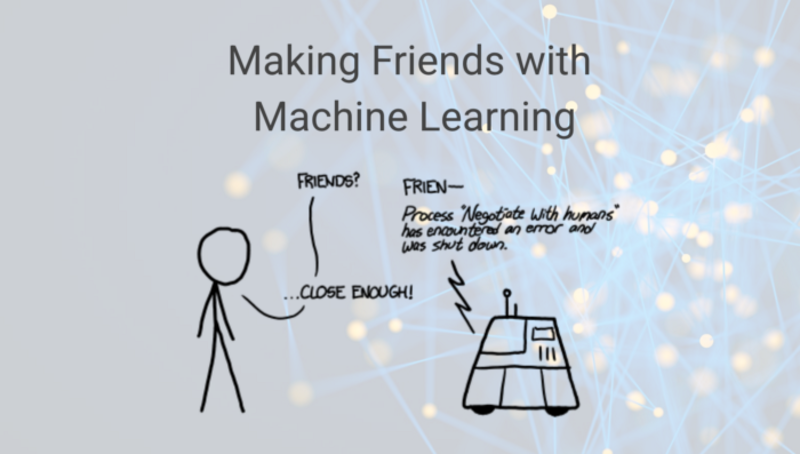
Course Trailer
Short form videos: Most of the videos below are 1–5 minutes long, which means you get to upgrade your knowledge in bite-sized, well, bites. Tasty bites! Dive right in at the beginning or scroll down to find the topic you’d like to learn more about.
Long form videos: For those who prefer to learn in 1–2 hour feasts, the course is also available as 4 longer installments here.
Basic Concepts
- Basics: MFML 000 — Welcome
- Basics: MFML 001 — What is machine learning?
- Basics: MFML 002 — Why use machine learning?
- Basics: MFML 003 — How does machine learning work?
- Basics: MFML 004 — How to test ML
- Basics: MFML 005 — What’s inside the black box?
- Basics: MFML 006 — Simple linear regression
- Basics: MFML 007 — Multiple linear regression
- Basics: MFML 008 — Feature engineering
- Basics: MFML 009 — What is AI?
- Basics: MFML 010 — Why did we wait so long for AI?
- Basics: MFML 011 —Algorithms, data, and compute
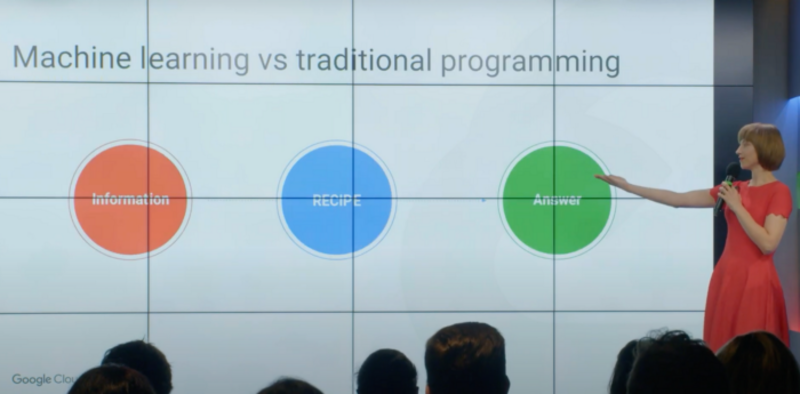
In Practice
- In practice: MFML 012 — Real applications
- In practice: MFML 013 — How to find good AI use cases
- In practice: MFML 014 — Human creativity in AI
- In practice: MFML 015 — How Do GANs work?
- In practice: MFML 016 — Why trust AI?
- In practice: MFML 017 — Explainability and AI
- In practice: MFML 018 — Intro to training, validation, and testing
- In practice: MFML 019 — How to avoid machine learning pitfalls
- In practice: MFML 020 — Decision Intelligence
- In practice: MFML 021 — Why do businesses fail at machine learning?
- In practice: MFML 022 — Skilled decision-makers
- In practice: MFML 023 — Reliable or unreliable?
- In practice: MFML 024 — Preventable disasters
- In practice: MFML 025 — Wish responsibly
- In practice: MFML 026 — AI is a team sport!
- In practice: MFML 027 — Our AI future
The 12 Steps of AI
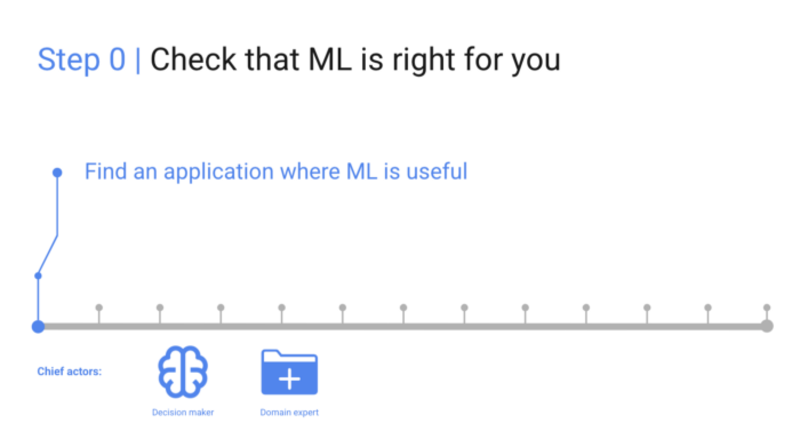
- Step 0: MFML 028 — The 12 steps of AI
- Step 0: MFML 029 — Where to start with applied AI?
- Step 0: MFML 030 — Classification vs regression
- Step 0: MFML 031 — Instances, features, and targets
- Step 0: MFML 032 — Supervised learning
- Step 0: MFML 033 — Unsupervised learning
- Step 0: MFML 034 — Semi-supervised learning
- Step 0: MFML 035 — Reinforcement learning
- Step 0: MFML 036 — What on earth is data science?
- Step 0: MFML 037 — Data science flowchart
- Step 0: MFML 038 — Don’t forget data!
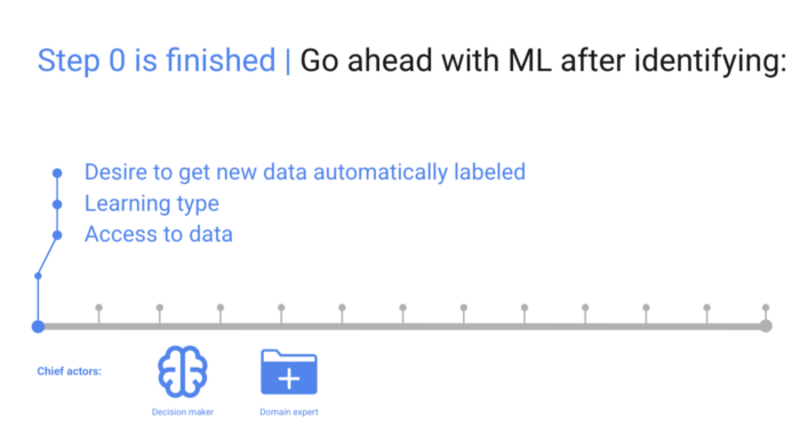
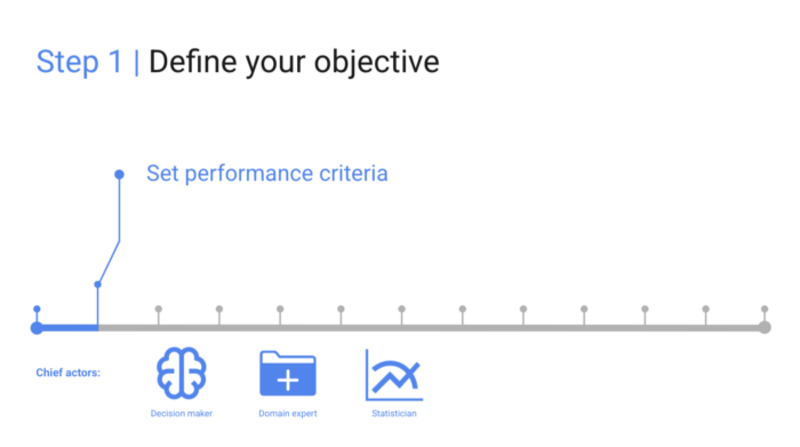
- Step 1: MFML 039 — What is “good behavior” for AI?
- Step 1: MFML 040 — False positives and true negatives
- Step 1: MFML 041 — Confusion matrix
- Step 1: MFML 042 — Performance metrics
- Step 1: MFML 043 — Ground truth
- Step 1: MFML 044 — Precision vs recall
- Step 1: MFML 045 — What is optimization?
- Step 1: MFML 046 — Loss functions
- Step 1: MFML 047 — Setting launch criteria
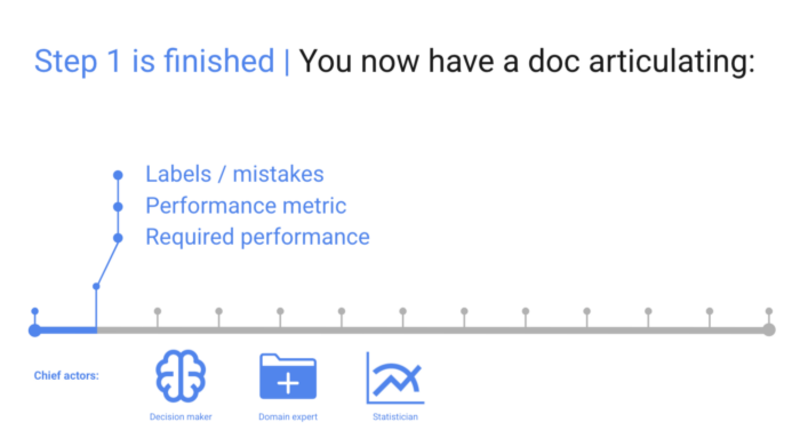
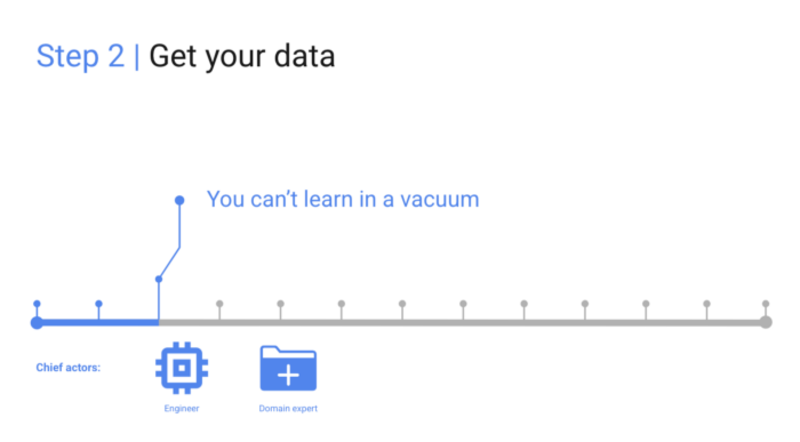
- Step 2: MFML 048 — Data engineering
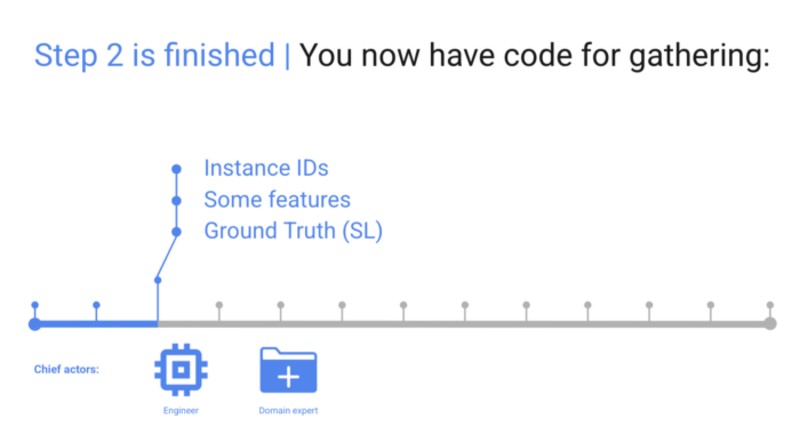
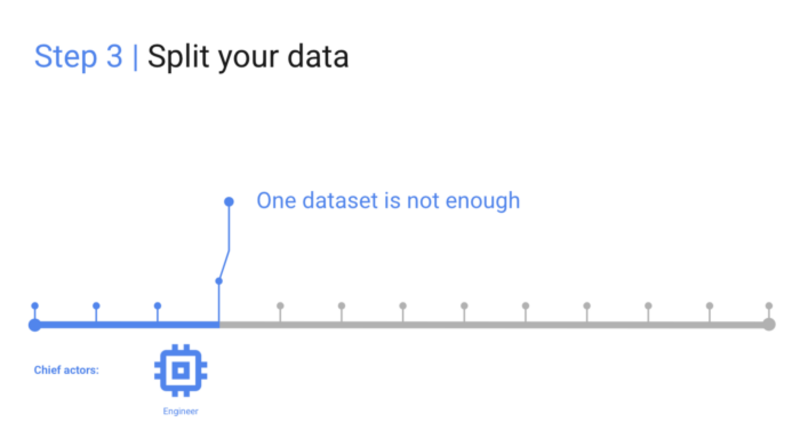
- Step 3: MFML 049 — The danger of overfitting
- Step 3: MFML 050 — Should you care about underfitting?
- Step 3: MFML 051 — The importance of data splitting
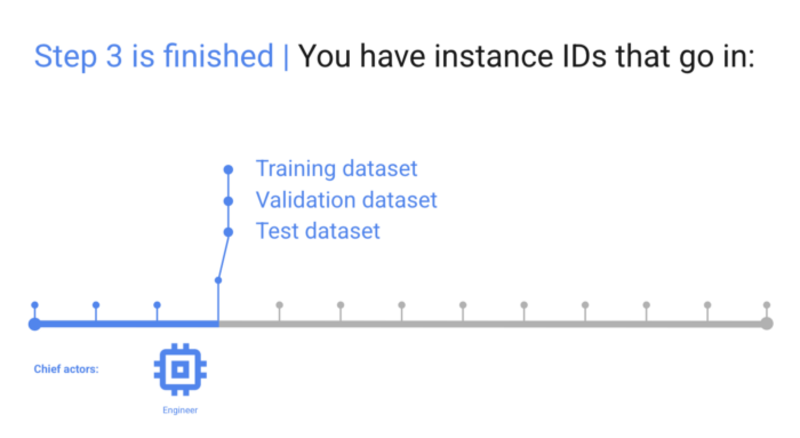
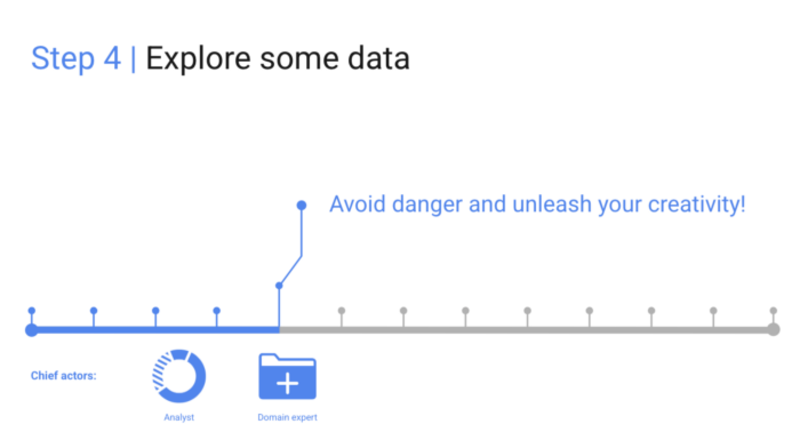
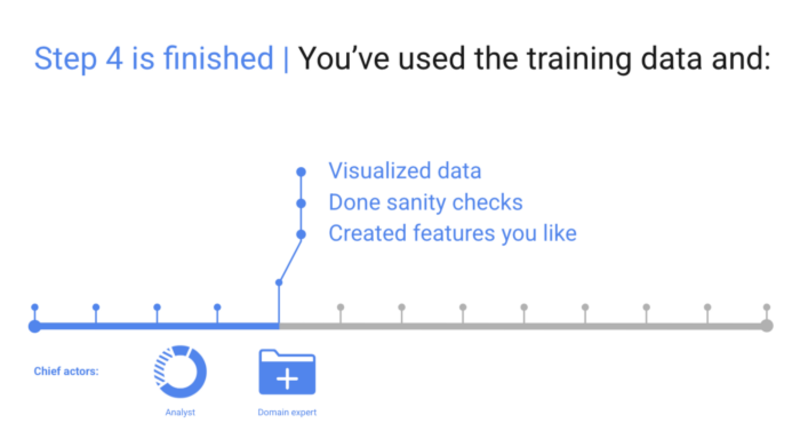
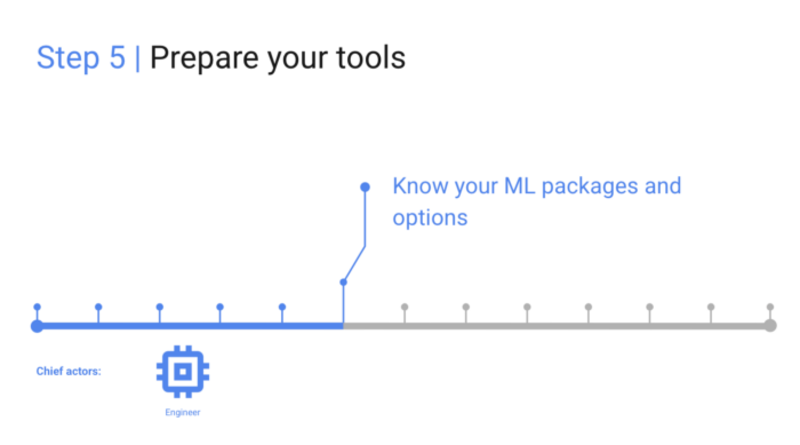
- Step 5: MFML 053 — How to select an AI algorithm
- Step 5: MFML Part 4 — Guide to AI algorithms (not bite sized! The bite sized version is in the last section of this page.)
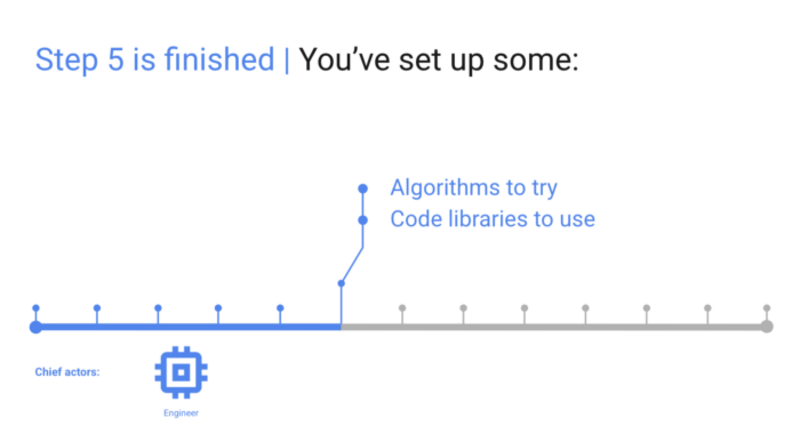
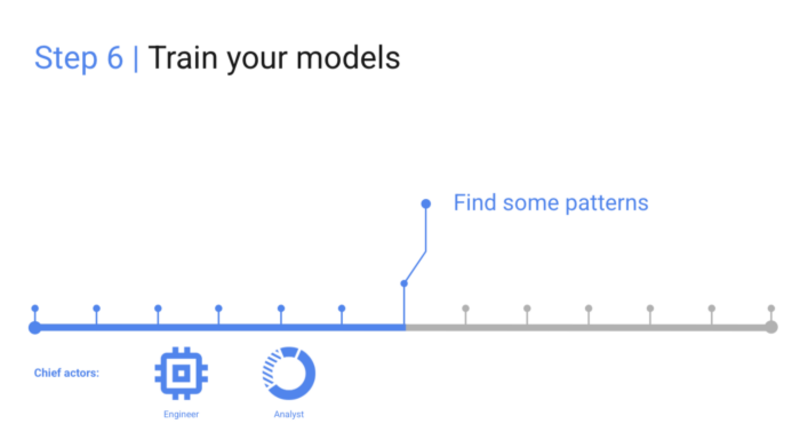
- Step 6: MFML 054 — Is training an AI system easy?
- Step 6: MFML 055 — A dataset’s idea shape
- Step 6: MFML 056 — How to speed up your ML/AI training phase
- Step 6: MFML 057 — Statistics versus “statistics”
- Step 6: MFML 058 — When your machine learning project takes forever
- Step 6: MFML 059 — Regularization
- Step 6: MFML 060 — Features you should never use in AI
- Step 6: MFML 061 — Can you skip the training phase in AI?
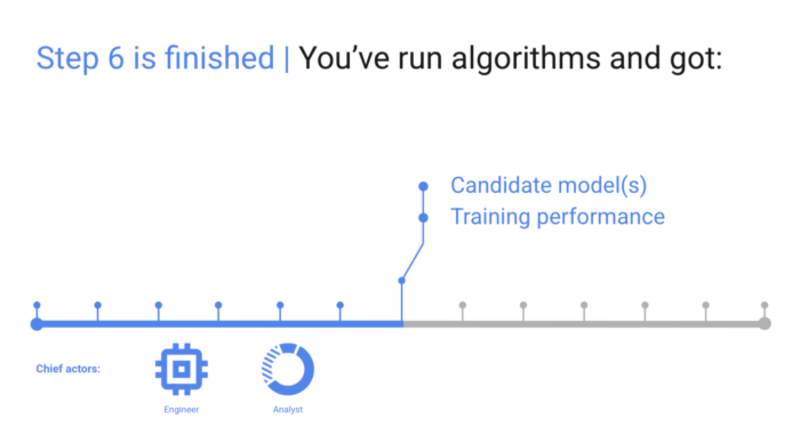
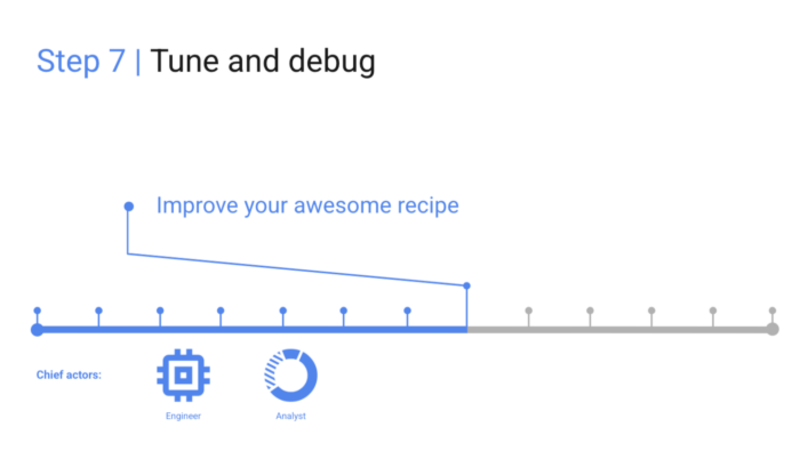
- Step 7: MFML 062 — Debugging your machine learning model
- Step 7: MFML 063 — Hyperparameter tuning
- Step 7: MFML 064 — What is a holdout set and how do you use it?
- Step 7: MFML 065 — Understanding k-fold cross-validation
- Step 7: MFML 066 — Advanced AI debuggin
- Step 7: MFML 067 — What if you skip debugging?
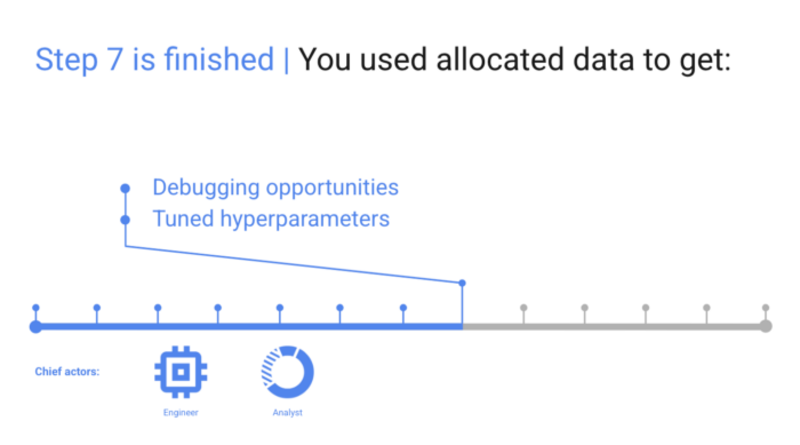
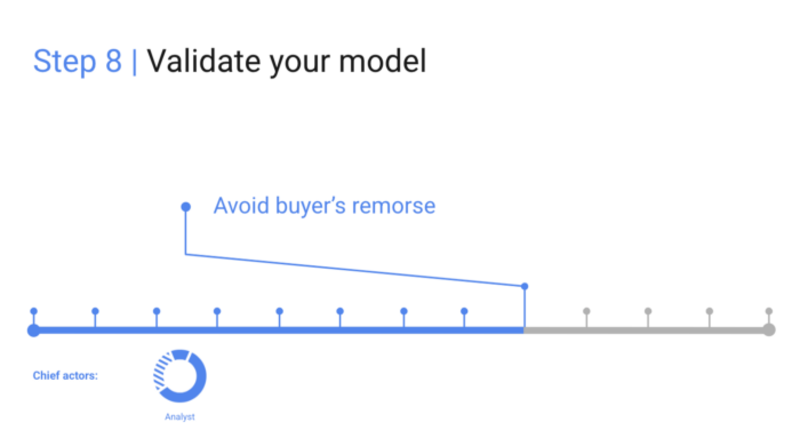
- Step 8: MFML 068 — What to do when model validation fails
- Step 8: MFML 069 — Model validation done right
- Step 8: MFML 070 — Validation roulette
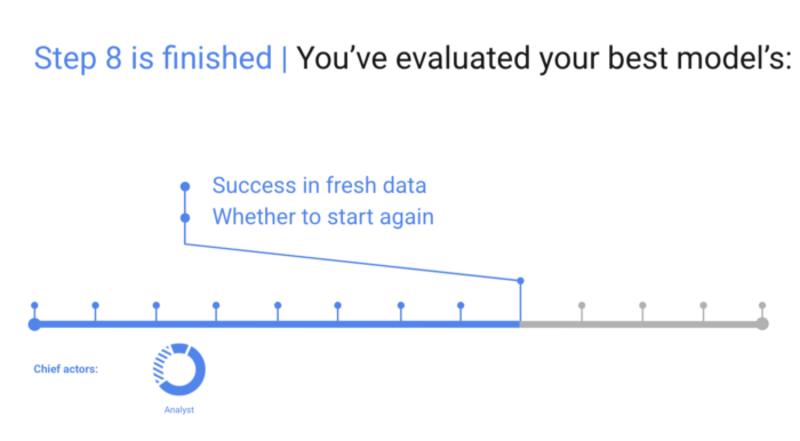
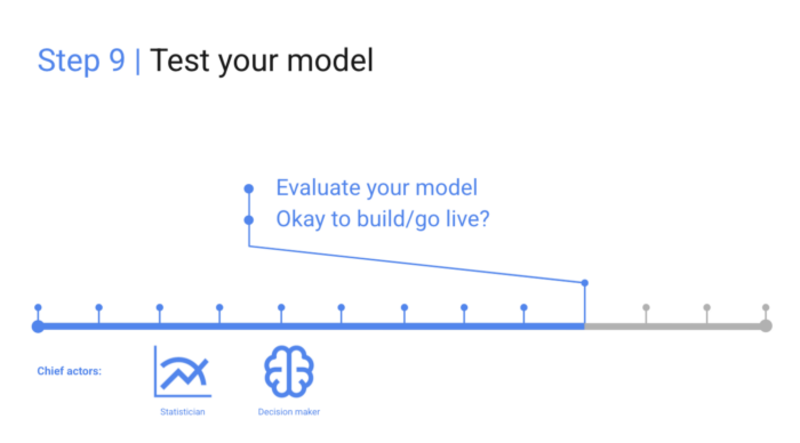
- Step 9: MFML 071 — What’s the difference between testing and validation
- Step 9: MFML 072 — The 12 steps of statistics
- Step 9: MFML 073 — Interpreting AI test output
- Step 9: MFML 074 — Understanding p-values
- Step 9: MFML 075 — Statistical significance
- Step 9: MFML 076 — What should you do if testing fails
- Step 9: MFML 077 — The importance of testing

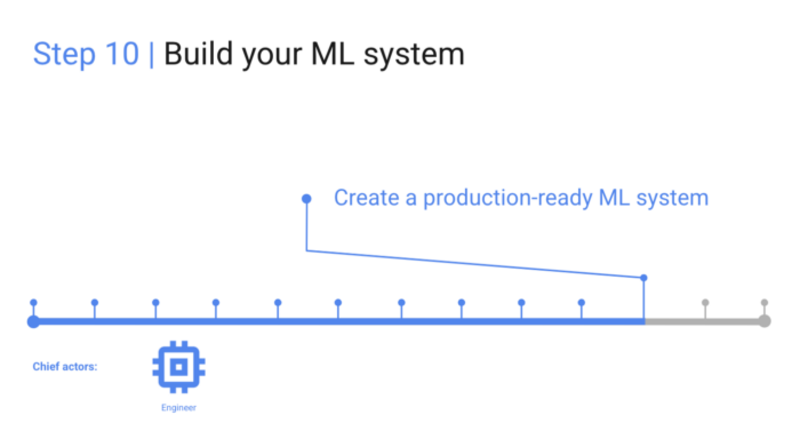
- Step 10: MFML 078 — Productionization
- Step 10: MFML 079 — Repurposing data safely
- Step 10: MFML 080 — Solving AI latency problems
- Step 10: MFML 081 — How often should you retrain your AI system?
- Step 10: MFML 082 — The training-serving skew
- Step 10: MFML 083 — Be careful with chained models
- Step 10: MFML 084 — Making tiny changes to AI code
- Step 10: MFML 085 — When your AI model fails retesting
- Step 10: MFML 086 — The danger of the long tail in AI
- Step 10: MFML 087 — How to catch outliers and AI failures
- Step 10: MFML 088 — AI safety and policy layers


- Step 11: MFML 089 — Live traffic experiments
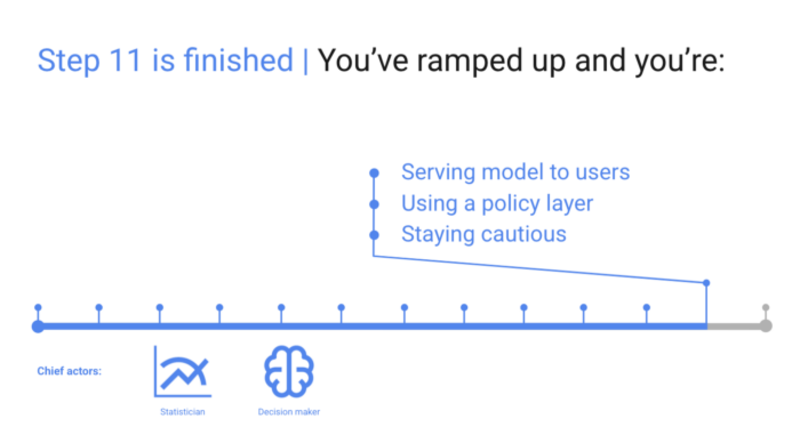
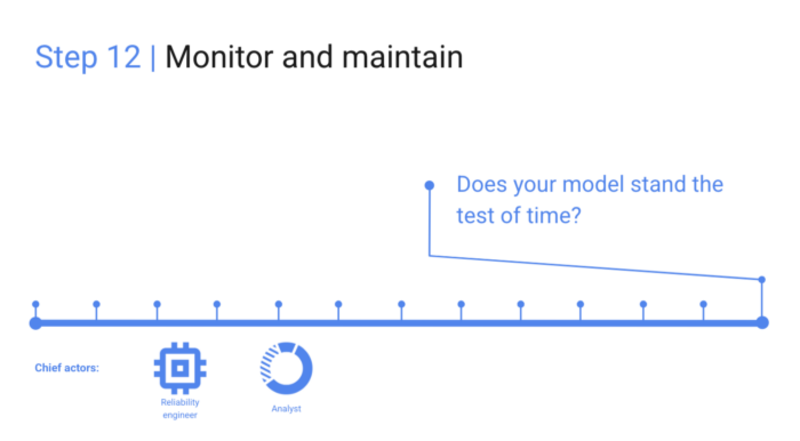
- Step 12: MFML 090 — Monitoring your AI system
- Step 12: MFML 091 — AI system maintenance
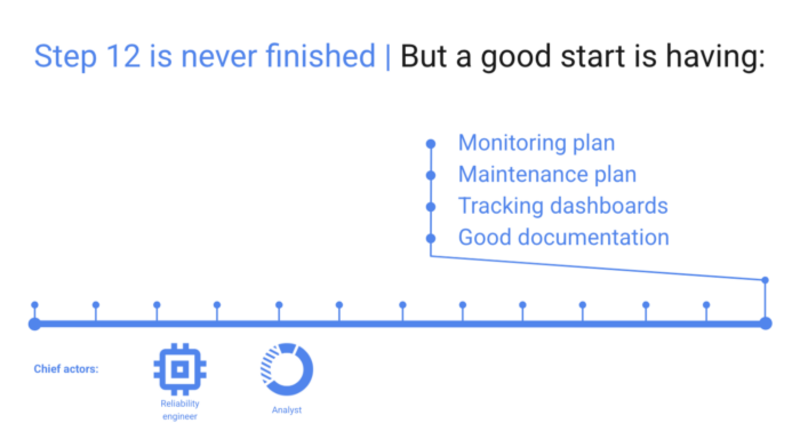
Introduction to Algorithms
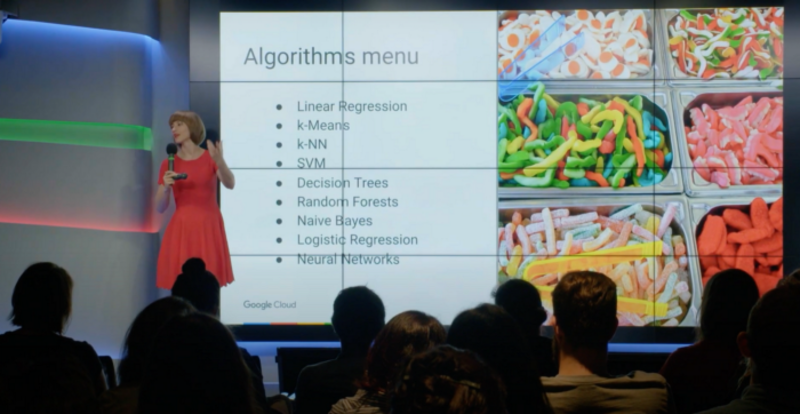
Menu
Unsupervised Learning
Lazy Learning
Linear Classifiers
- MFML 096 — What are perceptrons?
- MFML 097 — Maximal margin classifiers
- MFML 098 — What are support vectors?
- MFML 099 — SVMs and the kernel trick
Decision Trees and Random Forests
- MFML 100 — What is a decision tree?
- MFML 101 — XAI and the interpretability debate
- MFML 102 — Decision trees and SVMs compared
- MFML 103 — Boosted Aggregation a.k.a. Bagging
- MFML 104 — What is a random forest?
Ensembles
Naive Bayes
Regression Models
- MFML 006 — Simple linear regression
- MFML 007 — Multiple linear regression
- MFML 008 — Feature engineering
- MFML 108 — What do all regression models have in common?
- MFML 109 — When should you use linear regression?
- MFML 110 — Logistic regression
- MFML 111 — What are all those sigmoid functions for?
- MFML 112 — How to do ranking at scale
Deep Learning
- MFML 113 — Introduction to deep learning
- MFML 114 — What’s inside a neural network?
- MFML 115 — Using AI for automatic feature extraction
- MFML 116 — Understanding the components of your neural network
- MFML 117 — Backpropagation
- MFML 118 — Gotchas, pros, and cons of deep learning
- MFML 119 — Neural network architecture
- MFML 120 — When to use neural networks
About the course
Making Friends with machine learning was an internal-only Google course specially created to inspire beginners and amuse experts.* Today, it is available to everyone!
The course is designed to give you the tools you need for effective participation in machine learning for solving business problems and for being a good citizen in an increasingly AI-fueled world. MFML is perfect for all humans; it focuses on conceptual understanding (rather than the mathematical and programming details) and guides you through the ideas that form the basis of successful approaches to machine learning. It has something for everyone!
After completing this course, you will:
- Gain an intuitive and correct understanding of core machine learning concepts.
- Understand the flavor of several popular machine learning methods.
- Avoid common errors in machine learning.
- Know how machine learning can help your endeavors.
- Gain insight into the steps involved in leading machine learning projects from conception to launch and beyond.
- Improve your ability to communicate with ML experts and non-experts alike.
*Is the course for you? See what people are saying about it
“I was simply blown away by the quality of her presentation. This was a 6-hour(!) tour de force; through every minute of it, Cassie was clear, funny, energetic, approachable, insightful and informative.” — Hal Ableson, Professor of Computer Science at MIT
“I cannot emphasize enough how valuable it was that this course was targeted towards a general audience.” — Human resources specialist
“Fantastic class, plus it is hilarious!” — Software engineer
“I now feel more confident in my understanding of ML… Loved it.” — Communications manager
“More useful than any of the courses I took in university on this stuff.” — Reliability engineer
“I loved how she structured the course, knowing the content, and navigating this full-day course without getting us bored. So I learned two things in this lesson. 1) Machine learning, and 2) Presentation skills.” — Executive
“Great Stuff: I would recommend it.” — ML Research Scientist
“…always interesting and keeps my attention.” — Senior leader, Engineering
“…well structured, clear, pitched in at the right level for people like me and full of useful visuals and stories to help me understand and remember. I learnt a ton.” — Senior leader, Sales
“The MFML class was phenomenal. It laid the foundation for understanding best practices and boosted my confidence in attempting to apply ML.” — Product technology manager
“For once I feel like I’ve understood 90%+ of the content. Usually I am lost all the time, feel extremely stupid and want to cry.” — Program manager
“Much more high-level than the other courses, but also more general and more complete. Offers a great general view of the topic… filled a lot of the “holes” that I had. It really demystifies a lot of things.” — Software engineer
“Although I studied and used ML in the past (~8 years ago) but got tired of it so I wasn’t very interested in the recent trend… After this refresh I feel I can rebuild this relationship and be friends with ML again.” — Product manager
“Otherwise esoteric material was made accessible and enjoyable thanks to Cassie’s deep subject matter expertise, wit, and humor.” — User experience designer
If you liked it then you should have put a share on it…
There’s a lot of garbage out there, so on the off-chance that you think this course is better than most alternatives, please help it stand out above the noise by sharing it with your community. To make the course author smile, simply pick a video that delights you and post it somewhere, anywhere.
P.S. Have you ever tried hitting the clap button here on Medium more than once to see what happens? ????
Cassie Kozyrkov is a data scientist and leader at Google with a mission to democratize Decision Intelligence and safe, reliable AI.
Original. Reposted with permission.
